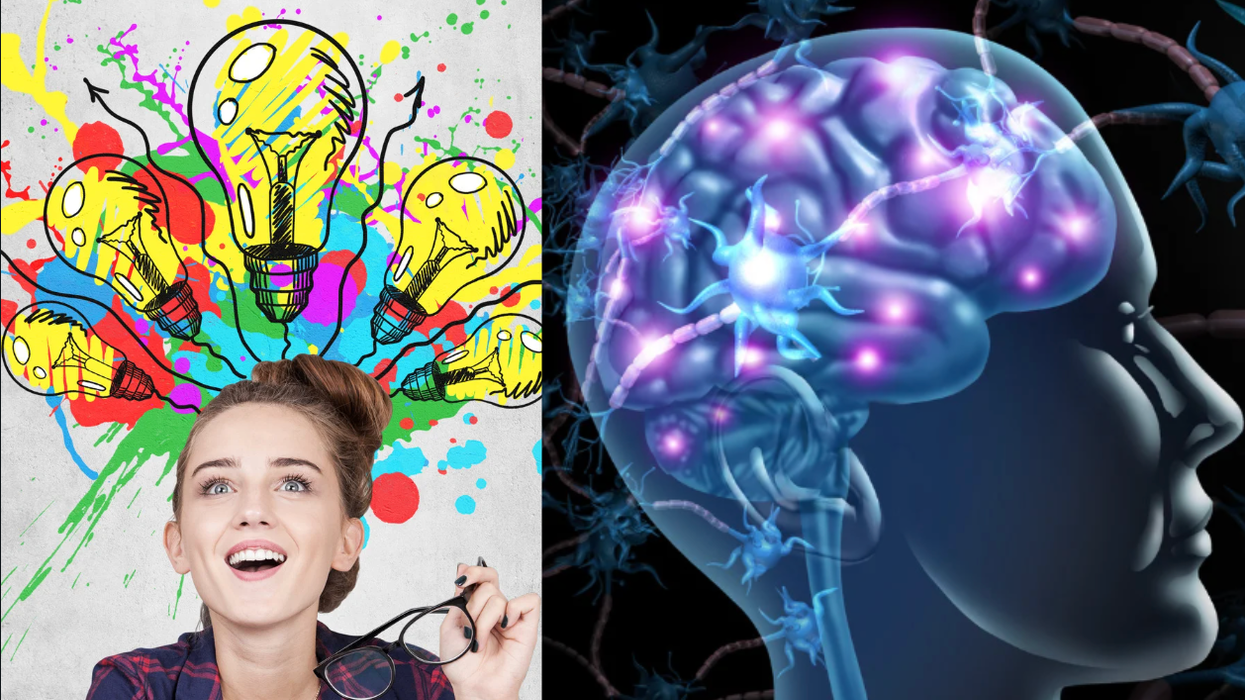August Strindberg, Swedish author and creative type born in 1849, wasn't much for science, but his little photo-astronomical experiment is worth a look.
His celestographs-the sentimental story of which warmed our hearts after seeing them on display at the New Museum as part of the "After Nature" show-were made by placing photographic plates on his windowsill at night, assuming that the light from stars would expose the paper to reflect the night sky.
The subsequent pieces definitely looked celestial, but little did Strindberg realize they were the product not of starlight but of dust and dew and other particles collecting on the light-sensitive material's surface. He enthusiastically reported his findings to Paris astronomer Camille Flammarion, who never hit him back, maybe because he recognized that the scientific value of Strindberg's celestographs was nil. The imaginary and artistic value, however, of these pictures that Strindberg believed were taken by the sky itself, is stellar.
Click your way through "After Nature" here.
Photo via the New Museum















 Otis knew before they did.
Otis knew before they did.